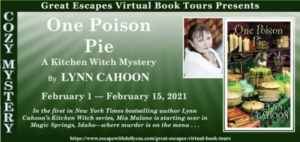Part I – check back July 15 for Part II
You write nonfiction, children’s books, and you draw/write cartoons, how did you end up working in such different genres?
I sometimes laugh to myself about the same thing. I didn’t set out to be any of this, really, unless you count my wish as a seven-year-old to be a cartoonist. I ended up in children’s books because my first job after college was at a book publisher—as a marketing assistant. But when the president of the company wanted to create an activity book based on a series of picture books they were publishing, I volunteered—and, somehow, got the job. I wanted to write and found that it was possible by writing books for the school and library market—all nonfiction. From there I evolved to narrative nonfiction picture books and longer form nonfiction.
The cartoons, I suppose, never left me, but as an adult, one of my life list goals was to get a cartoon published in THE NEW YORKER. I began churning them out…14 years and thousands of cartoons later, I still haven’t cracked TNY but put that output to good use by licensing many of them to other publications. (And I actually haven’t submitted to TNY in 10 years; I will again…)
What’s a “typical” day like for you?
I’m not a writer with fixed writing hours. I am disciplined but not locked into a set schedule because there are components to the job besides writing. I have to be flexible to fit in marketing, speaking, research, and the mundane aspects such as invoicing and IT. A typical day always involves some form of marketing (and that always involves some form of social media, including blogging); research; and when I’m lucky, writing.
Your children’s books focus primarily on educational themes. How do you decide what to put into a book for your audience?
As noted above, I ended up in nonfiction because it was the easier way to break in—there’s a steady demand with specific topics needed. Now I don’t write books that are educational as their primary reason for being—I want to tell a good story. And if there’s something to be learned from it, all the better. The reality is that every book has SOME lesson to impart. The subjects I write about these days are all passions. Deciding what to include in my books is an intricate process, as any writer will likely say. I often narrow down the material to what I hope is manageable, but find even that might be too much. Part of being a writer is being an editor—and that often means cutting out something you like for the greater good of the book. Of course, there are some things you know you must use from the moment you learn of them.
Check Back July 15 for Part II



